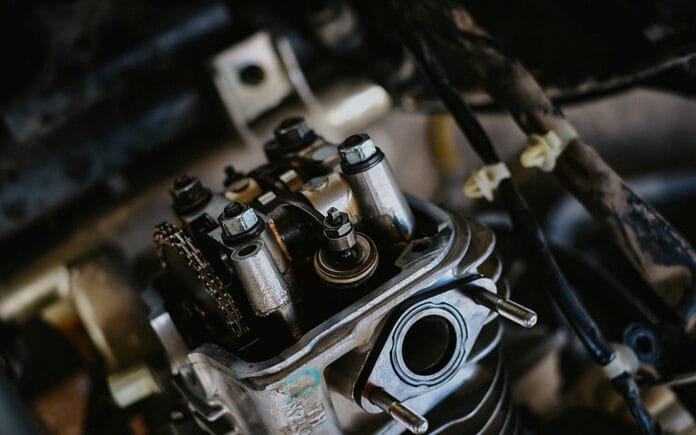Introduction to Brake Rotor Materials
Brake rotors are a crucial component of any vehicle’s braking system, significantly impacting its performance. Choosing the appropriate rotor for your vehicle can make a substantial difference, particularly when considering how they are made and the materials used. Different materials yield varying results in terms of performance, heat dissipation, and overall durability.

Common Brake Rotor Materials
When exploring what brake rotors are made of, it’s essential to note that several materials are commonly utilized in their manufacture:
- Cast Iron: The most prevalent material, cast iron rotors provide reliable performance. However, their weight can affect vehicle handling.
- Steel: Lighter than cast iron, steel rotors handle overheating effectively, making them a popular choice among racers, though they are less durable.
- Layered Steel: These are laminated steel sheets, offering excellent durability and resistance to warping, popular in racing but less known to general consumers.
- Aluminum: Lightweight and efficient in heat release, aluminum rotors are typically used in motorcycles.
- High Carbon: A blend of iron and carbon, these rotors excel in dissipating heat while reducing weight, but they come at a premium cost.
- Ceramic: Ideal for high-performance vehicles, ceramic rotors deliver superior heat management and consistent performance.
Choosing the Right Brake Rotors for Your Vehicle
Understanding what brake rotors are made of is vital in selecting the right kind for your vehicle. Commuters may find cast iron adequate, while high-performance and racing enthusiasts should consider high carbon or ceramic options. Always consider your driving habits and vehicle type when making a decision.




